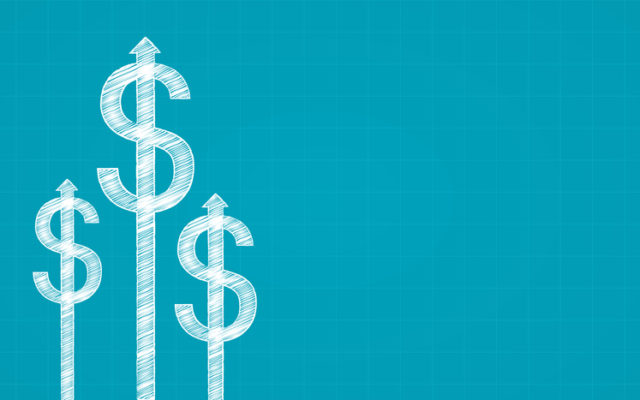
Despite most Americans having some form of health insurance, out-of-pocket healthcare payments are fueling record medical debt for U.S. consumers. Rising medical costs and higher deductible health plans are giving vulnerable consumers a no-win choice between going even deeper into debt, or forgoing necessary medical care entirely. More than 100 million Americans have fallen into medical debt, according to the latest KFF Health Care Debt Survey, with one in five adults resorting to credit cards or other financing to pay their bills.
Yet, new data shows that two in three consumers who live paycheck-to-paycheck prefer to pay for healthcare with a credit card. The American Hospital Association reports that since 2000, hospitals of all types have provided about $745 billion in uncompensated patient care. Providers have reluctantly become banks overly focused on unpaid collections at the expense of quality care.
The problem is that consumers incur high interest rates and fees, as well as potentially taking hits to their credit rating. This is particularly true for minority communities often impacted by bad credit scores from medical debt, further deepening the racial health and wealth gap.
Some healthcare providers are trying to help struggling patients by directly offering financing, adding to their own bad debt burden. But this financing is often limited to a specific dollar amount, or available in limited amounts only to those who have credit.
Complexities in healthcare billing systems compound the problem, adding even more stress to insured patients just struggling to meet their financial obligations. They must deal with more complex medical bills and statements that rarely add up. What is and is not covered by their plan isn’t clear, nor how much they owe and to whom. In fact, recent studies show that 58% of healthcare consumers were surprised about a bill they received due to confusion about what they owed, and 48% of consumers said they were late on payment for the same reason.
The U.S. healthcare industry needs to adopt a new model to address rising healthcare costs. This model would take a more holistic approach in reducing both the credit burden of consumers and the bad debt burden of healthcare providers.
The founding principle is simple: healthcare providers are guaranteed prompt full payments for healthcare services in exchange for offering consumers more affordable payment plans. The goal is to get healthcare providers out of the banking business. It shifts the financial relationship away from healthcare providers to third-party financial service providers who take over the payment process for all.
Service providers pay the patient invoice to the healthcare provider upfront and take on the extended payment relationship with the patient. Service providers pay the patient invoice to the healthcare provider as soon as a claim is adjudicated and take on the extended payment relationship with the patient.
Service providers handle the financial risk by applying insurance principles to consumer credit. In other words, they take a comprehensive, population approach to providing financing, taking in all patients and spreading the risk across the large population.
Next, the service providers offer patients credit at no interest, regardless of their credit history. The idea is to provide credit for all out-of-pocket costs without adding to patients’ debt, while constructing a flexible and simple payment schedule that fits their budget and is stress-free. Patients can be offered manageable repayment plans for all of their allowed in-network, out-of-pocket charges up to their maximum out-of-pocket amount, at low to no interest.
Next, make healthcare bills simpler and more transparent. Today, most billing information is disaggregated, repetitive and not very useful for understanding one’s payment situation. Patients end up being confused and frustrated when they try to get answers about what they owe to the providers who are trying to collect.
Instead, patients get a single, consolidated Explanation of Benefits (EOB) statement instead of separate and confusing bills for each medical treatment. Everyone, regardless of their credit histories, can choose to pay over time. This improves access to care by alleviating the burden of up-front, in-full payments and rigid collection processes from providers.
Photo: champc, Getty Images








